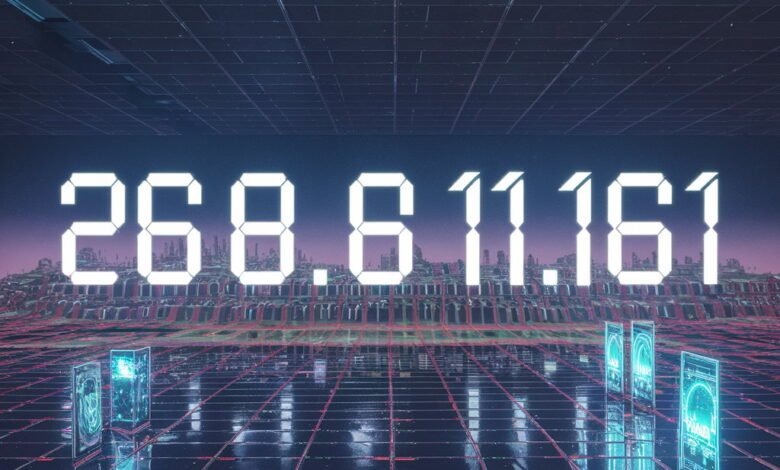264.68.111.161: Understanding Its Significance in Networking

In the vast world of networking and internet protocols, IP addresses like 264.68.111.161 play a crucial role in facilitating communication between devices. While this particular address may seem like a random sequence of numbers, it holds importance in routing data across networks. This article explores the different aspects of IP addresses, focusing on the structure, potential uses, and implications of an address like 264.68.111.161.
1. What Is an IP Address and How Does It Work?
An Internet Protocol (IP) address is a unique identifier assigned to each device connected to a network, allowing them to communicate with one another. IP addresses come in two main versions: IPv4, which uses a 32-bit format (e.g., 192.168.1.1), and IPv6, which employs a 128-bit hexadecimal format to accommodate the growing number of internet-connected devices. The address 264.68.111.161 appears to follow the IPv4 structure, but there’s an issue—IPv4 addresses only range from 0.0.0.0 to 255.255.255.255, meaning 264.68.111.161 is technically invalid. This raises questions about its purpose, whether it’s a typo, part of a private network experiment, or used in a specialized context.
2. The Validity and Possible Misinterpretation of 264.68.111.161
Since each segment of an IPv4 address (known as an octet) cannot exceed 255, 264.68.111.161 falls outside the permissible range, making it an invalid public IP address. However, this doesn’t mean the number sequence is meaningless. It could be a placeholder in documentation, a misrecorded address, or even part of an internal testing environment where non-standard IPs are temporarily used. Alternatively, it might be a typographical error—intending to represent a valid IP like 164.68.111.161 or another similar combination. Understanding such discrepancies is essential for network administrators and cybersecurity experts who rely on accurate IP data for troubleshooting and security analysis.
3. The Role of IP Addresses in Cybersecurity
IP addresses are fundamental in cybersecurity, as they help track the origin of network traffic, identify potential threats, and enforce access controls. An invalid IP like 264.68.111.161 could appear in logs due to misconfigurations, spoofing attempts, or malware communications. Cybercriminals sometimes manipulate IP data to evade detection, making it crucial for security systems to flag irregularities. Additionally, network forensic investigations often analyze IP addresses to trace attacks, making even malformed entries like this one worth examining. If observed in real-world traffic, it could indicate corrupted packets, a misbehaving application, or an attempted intrusion, necessitating further inspection.
4. Practical Applications and Troubleshooting Tips
For IT professionals and network engineers, encountering an unusual IP like 264.68.111.161 could signal a configuration error in DHCP settings, routing tables, or firewall rules. Verifying the correctness of IP assignments, checking subnet masks, and ensuring proper NAT (Network Address Translation) configurations can prevent such anomalies. Additionally, tools like ping, traceroute, and Wireshark can help diagnose whether the address is a typo, a placeholder, or part of a larger networking issue. Understanding how standard IP addressing works ensures smoother network operations and minimizes connectivity problems caused by invalid entries.
5. Conclusion: The Importance of Accurate IP Addressing
While 264.68.111.161 is not a valid IPv4 address, its discussion highlights key concepts in networking—ranging from IP structure to cybersecurity implications. Whether it’s a simple typo or an intentional entry in a testing environment, recognizing and correcting such discrepancies maintains network integrity. As the internet continues to expand with IPv6 adoption and evolving security threats, proper IP management remains a cornerstone of reliable and secure digital communication.

